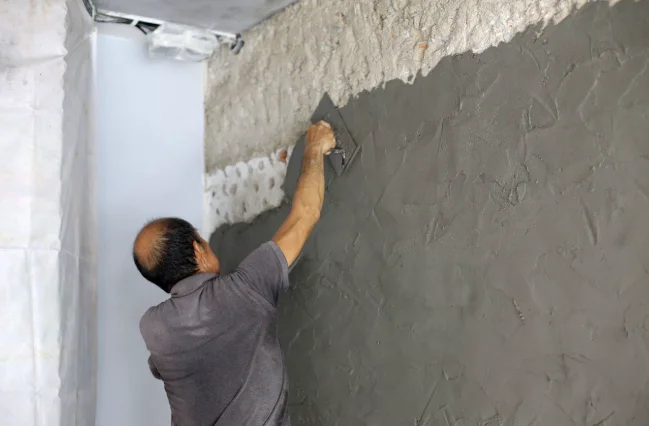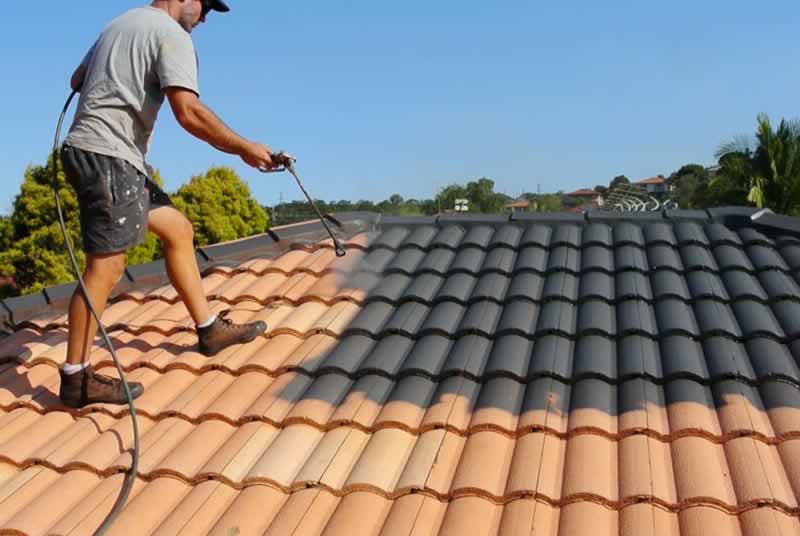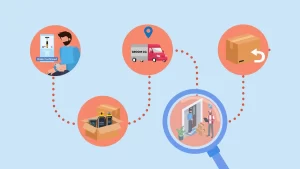Mold Testing – Understanding the Importance and Process
We are pleased to present our comprehensive guide to mold testing. This article will provide insight into the mold testing process and explore the importance. Understanding mold testing is essential for maintaining a safe indoor environment, whether you are a property manager, a business owner or a homeowner.
Why is Mold Testing Important for Businesses?
Mold can be more than a cosmetic problem. It can also pose serious health hazards and compromise the structural integrity a building. Mold spores are known to cause allergies, respiratory issues, and can even lead to asthma. You can prevent mold problems from becoming worse by conducting mold tests. This will protect the health of the occupants, and preserve the property.
Mold Testing Types:
- Air Sampling: Using air samples, you can measure the amount of mold spores in an area. This test can help determine whether mold spore concentrations are within acceptable levels or if the air is contaminated with mold.
- Surface: Sampling involves taking samples of surfaces such as furniture, walls, floors or other surfaces. It can help identify visible mold growth on surfaces and provide insights into the type of mold contamination.
- Bulk Sampling: Bulk sample collection involves collecting samples from materials such as carpeting, drywall or insulation. It can help determine whether mold is growing in the materials, and provide valuable information to remediation efforts.
The Mold Testing Process:
- Initial Assessment: An experienced mold inspector will assess the property to look for visible mold growth, signs of moisture, water damage and other sources. This helps to determine the areas that should be tested.
- Sample Collection: The inspector will collect samples based on his assessment using the appropriate method, whether it is air sampling, surface or bulk sampling. To maintain accuracy, it is important to label and handle samples correctly.
- Laboratory Analysis: Samples are sent to an accredited laboratory for analysis. The samples are analyzed by experts to determine the type and concentration of the mold. The results are then compiled into an extensive report.
- Interpretation of Results: Professional mold inspectors interpret the results of the lab, giving them insights into their findings. They will explain the importance of the types of mold detected and make recommendations for remediation, if needed.
- Remediation and Prevention: The inspector can provide advice on remediation and prevention strategies if mold is found. They can also recommend preventive measures that will address moisture problems and reduce the likelihood of mold returning.
Conclusion:
Mold Testing in Palm Coast is an important step to maintain a healthy indoor atmosphere and prevent potential health risks that are associated with exposure to mold. Understanding the importance of testing for mold and the process can help you make informed decisions when it comes to addressing any mold problems in your home. It’s important to hire a professional mold inspector, who will conduct thorough testing and offer expert advice.
Our Services puts a high emphasis on the importance of work ethics, detail-oriented attention, and an understanding of the environmental testing requirements in various industries. This commitment guarantees that customers will receive the best service.
The sheer number of professionals available can make it difficult to choose the best professional for your environmental testing needs. Our Services eliminates this worry by hiring qualified technicians with the expertise and skills necessary to handle any project.
We offers comprehensive solutions that are tailored to the needs of each client, no matter how large or small the project. Their technicians are qualified to handle a wide range of environmental testing needs and provide reliable results.
Our Services strives to be a trusted partner by offering its expertise and understanding of the environmental testing industry.








Post Comment